Augmented Reality Printing ist eine revolutionäre neue Technik, die immersive AR-Techniken mit Standarddruck verbindet, um das Potenzial mobiler Geräte voll auszuschöpfen. Anstatt Standard-Printwerbung zu imitieren, schafft AR-Druck vollständig interaktive und einprägsame Erlebnisse, die Menschen fesseln. Es ist oft die perfekte Ergänzung für eine zunehmend digitale Welt.
In diesem Artikel erfahren Sie mehr über Augmented Reality Print, wie Sie es in Ihrer Marketingstrategie nutzen und wie Sie den größtmöglichen Nutzen daraus ziehen.
Inhaltsverzeichnis:
- Was ist Augmented Reality-Druck?
- Warum Augmented Reality-Druck wichtig ist
- 5 leistungsstarke Anwendungen für AR-optimierte Printmedien
- 5 Trends, die die Zukunft der AR-Druckinnovation prägen
- AR-Druckanwendungen in allen Branchen
- Wichtige Tipps zur Implementierung des AR-Drucks
- Best Practices für AR-optimierte Druckmaterialien
- Verwandte Artikel
Was ist Augmented Reality-Druck?
Man kann sich AR-Druck am besten als eine Mischung zweier Medien vorstellen – Druck und Digital. Die neue Technologie funktioniert über das Telefon oder ein anderes tragbares Gerät des Benutzers. Ein Telefon kann gedrucktes Material scannen, und wenn es AR unterstützt, werden Optionen für digitale Inhalte angezeigt. Zu diesen Auswahlmöglichkeiten gehören Animationen, Videowiedergabe, 3D-Modelle und vieles mehr. Die Technik kann normalerweise statische Druckmedien zum Leben erwecken, ohne dass ihre inhärenten Vorteile verloren gehen. Obwohl die Technologie komplex ist, ist ihre Verwendung so einfach wie das Richten eines Telefons auf eindeutige Markierungen auf Druckmedien. Die Benutzerfreundlichkeit stellt sicher, dass AR-erweiterter Druck nahtlos in das Leben der Menschen integriert werden kann. Es handelt sich um eine aufregende neue Technik, die von jedem genutzt werden kann, vom Geschäftsbereich bis zum Bildungsbereich.
Warum Augmented Reality-Druck wichtig ist
Augmented Reality-Druck ergänzt das sich wandelnde Gesicht der modernen Welt. Das Leben der Menschen ist stark auf digitale Erfahrungen ausgerichtet, und die Werbung muss dieser Tatsache Rechnung tragen. Gleichzeitig bieten Printmedien einen Mehrwert, den kein anderes Format bietet. Augmented Reality-Druck kann problemlos an die Bedürfnisse von Zielgruppen und Organisationen gleichermaßen angepasst werden. Benutzer profitieren von mehr Immersion, Personalisierung und Spaß. Unternehmen können die Technologie nutzen, um Kennzahlen wie Engagement zu verfolgen, die Anforderungen einzelner demografischer Gruppen besser zu erfüllen und Remote-Inhalte sofort zu aktualisieren. Branchen wie Einzelhandel, Unternehmenskommunikation und Bildung werden von dieser neuen Technologie ebenfalls einzigartige und leistungsstarke Vorteile profitieren.
Video: Printanzeige zur Augmented Reality-Ausgabe der Harry Potter Edition
5 leistungsstarke Anwendungen für AR-optimierte Printmedien
Fachleute in den unterschiedlichsten Branchen nutzen derzeit AR-Druck, um innovative Erlebnisse zu schaffen. Im Folgenden finden Sie einige der leistungsstärksten Anwendungen.
Interaktive Produktverpackung
Sogar Verpackungen können durch Augmented Reality Print in ein leistungsstarkes Marketinginstrument verwandelt werden. Mit Augmented Reality-Werbung können Kunden einfach die Schachtel oder Verpackung eines Produkts mit ihrem Telefon scannen, um Anleitungen, Demos, Nährwertangaben und sogar Empfehlungen für verwandte Produkte herunterzuladen. Es gibt offensichtliche Vorteile für Kunden und Unternehmen durch ein höheres Maß an Kundenbindung und -verhalten. Unternehmen können diese Technologie auch nutzen, um ihr Marketing fast sofort zu aktualisieren, da die physische Schachtel zu digitalen Informationen führt.
Dynamische Printanzeigen
Augmented Reality Printing öffnet die Türen zu einer dynamischeren Form der Werbung. Die standardmäßige gedruckte Werbung kann mit Augmented-Media-Unterstützung zum Leben erweckt werden. Unternehmen können ein Standardplakat, eine Zeitschriftenseite oder eine Plakatwand in ein interaktives Storytelling-Erlebnis verwandeln, das potenzielle Kunden anlockt. Diese Kombination aus digitalen und physischen Werbemedien schafft Engagement, das über beides hinausgeht. Unternehmen können neue Kennzahlen finden und saisonale Optionen, auf bestimmte Benutzer zugeschnittene Inhalte und sofortige Updates nutzen.
Verbesserung von Lehrmaterialien
Auch im Bildungsbereich spielt Augmented Reality Printing eine wichtige Rolle. Mithilfe dieser Technologie können statische Seiten eines Lehrbuchs in ansprechende Animationen, 3D-Modelle oder sogar eine reaktive Simulation umgewandelt werden. Dieser Prozess kann die Vertiefung der Schüler in den Stoff enorm fördern, da komplexe Themen auf einer komplexeren Ebene behandelt werden können. Augmented Reality Publishing kann Lehrern darüber hinaus detaillierte Informationen über Schüler und deren Verständnis verschiedener Themen liefern. Die Technologie ermöglicht auch personalisierte Präsentationen und Updates.
Tools für die Geschäftskommunikation
AR-Broschüren und Visitenkarten können für eine Vielzahl professioneller Zwecke genutzt werden. Beispielsweise kann der AR-Druck auf diesen professionellen Artikeln Einführungsvideos, Portfolios, Kontaktinformationen und mehr anzeigen. Und all dies bietet das Potenzial für Echtzeit-Updates, um alle auf dem Laufenden zu halten. Auf diese Weise können Sie sich von der Konkurrenz abheben und objektive Analysen verfolgen, um Ihre Leistung zu verbessern.
Interaktive Museumsausstellungen
Mit Augmented Reality-Druck können Sie außerdem Museumserlebnisse schaffen, die gleichermaßen unterhaltsam und lehrreich sind. AR-fähiger Druck kann auf Ausstellungsstücken oder Kunstwerken eines Museums eingesetzt werden, um Interviews, Informationen zum historischen Kontext eines Werks und mehrsprachige interaktive Erlebnisse anzuzeigen, die die Ausstellung zum Leben erwecken können. Darüber hinaus ermöglicht das System Museen, Exponate schnell mit neuen Erkenntnissen und Informationen zu aktualisieren, ohne physische Änderungen vornehmen zu müssen.
Weitere Informationen zu AR Industries finden Sie im Artikel, „Augmented-Reality-Branchen; Ein Überblick über alle Branchen, die AR nutzen.“
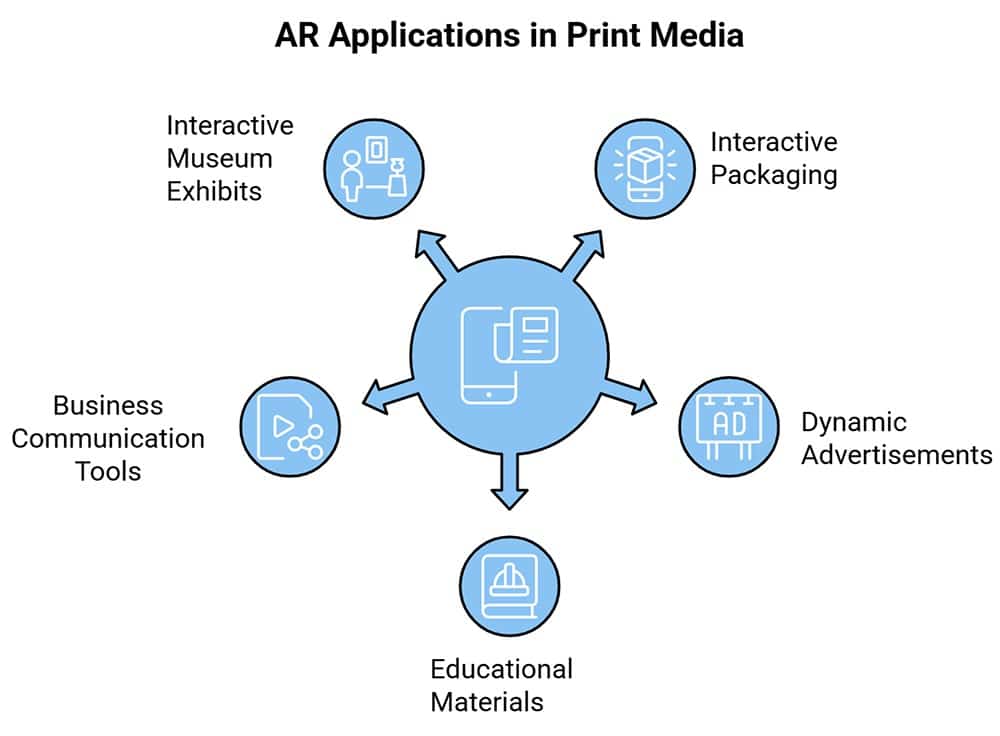
5 Trends, die die Zukunft der AR-Druckinnovation prägen
Neue Trends sorgen für weiteres Wachstum im Bereich Augmented Reality Print. Im Folgenden finden Sie einige der spannendsten Neuerungen auf diesem innovativen Gebiet.
Nachhaltige AR-Drucklösungen
Nachhaltigkeit ist einer der wichtigsten Treiber des aktuellen Marktes. Die Öffentlichkeit wünscht sich umweltfreundliche Lösungen, und die Eigenschaften von AR bringen einige inhärente ökologische Vorteile mit sich. AR-fähige Verpackungen und Materialien helfen, Ressourcen zu schonen. Darüber hinaus zeigt die Öffentlichkeit eine beträchtliche Loyalität gegenüber Marken, die Recyclingpapier mit AR-Markern, effiziente Methoden zum Scannen dieser Symbole und biologisch abbaubare Tinte aus pflanzlichen Quellen verwenden. All diese Elemente sorgen dafür, dass AR-Technologien ein wichtiger Teil der größeren Bemühungen um Nachhaltigkeit werden. Dies gilt sowohl für den öffentlichen als auch für den Geschäftssektor.
Plattformübergreifende AR-Druckintegration
Wenn es um AR geht, verschwinden die Unterschiede zwischen Mobilgeräten. Interaktive Produktverpackungen, Zeitschriften, Karten und mehr können mit einer Vielzahl von Geräten gescannt werden. Telefone, Smart Glasses, Tablets und neue Technologien können Ihre AR-Materialien und -Kampagnen laden. Mit AR-Print können Unternehmen einheitliche Botschaften und Erlebnisse erstellen, die über mehrere Technologieformen hinweg konsistent sind. Dies wird durch die kontinuierliche Weiterentwicklung von Entwicklungs- und Anwendungsframeworks, von einzelnen Plattformen unabhängige Tracking-Systeme und Cloud-basierte AR gefördert.
KI-gestützte AR-Druckerkennung
Künstliche Intelligenz, gepaart mit Augmented-Reality-Druck, hat ein enormes Potenzial gezeigt. KI kann in Apps eingesetzt werden, um die Erkennung und Nutzung von AR-Markern zu verbessern. Dies macht den AR-Prozess für Benutzer natürlicher und nahtloser. KI ermöglicht auch intelligente Technologien, die sowohl Inhalte als auch deren Nutzung optimieren können. Diese Systeme können Programmen sogar dabei helfen, die AR-Erkennung an Umgebungen mit wenig Licht anzupassen, sich an die Vorlieben oder Aktionen des Benutzers anzupassen und Predictive Loading zu verwenden, um sich auf die Wahl eines Benutzers vorzubereiten, bevor diese überhaupt getroffen wird.
Interaktive Datenvisualisierung
AR-Druck kann Datenvisualisierungen ermöglichen, die weit über die Bereitstellung von Informationen durch AR-Visitenkarten hinausgehen. Unternehmen können AR nutzen, um einfache und oft überladene Diagramme in dynamische 3D-Darstellungen umzuwandeln. Diese immersiven Grafiken und Diagramme sind oft viel einfacher zu erfassen, wenn Benutzer sie buchstäblich aus verschiedenen Perspektiven betrachten können. Außerdem lassen sich die Daten leicht an verschiedene Szenarien anpassen. Sie können in Echtzeit aktualisiert, gefiltert und aus verschiedenen Winkeln oder nach verschiedenen Kriterien betrachtet werden.
AR-Druckerlebnisse für mehrere Benutzer
Mehrere Benutzer können gleichzeitig mit AR interagieren, indem sie Augmented Reality kollaborativ drucken. Dies ist alles neueren Technologien zu verdanken, die Optionen für die gemeinsame Anzeige von AR bieten. Diese Art von Mehrbenutzererfahrung ermöglicht eine Zusammenarbeit in größerem Maßstab. Beispielsweise können mehrere Personen Inhalte ansehen, die synchronisiert sind, um ein gemeinsames Erlebnis zu ermöglichen. Ebenso können Anmerkungen geteilt werden, Elemente können mehreren Personen gleichzeitig antworten und vieles mehr. Es ist eine aufregende neue Option, von der Unternehmen, Bildung, Unterhaltung und viele andere Branchen profitieren.
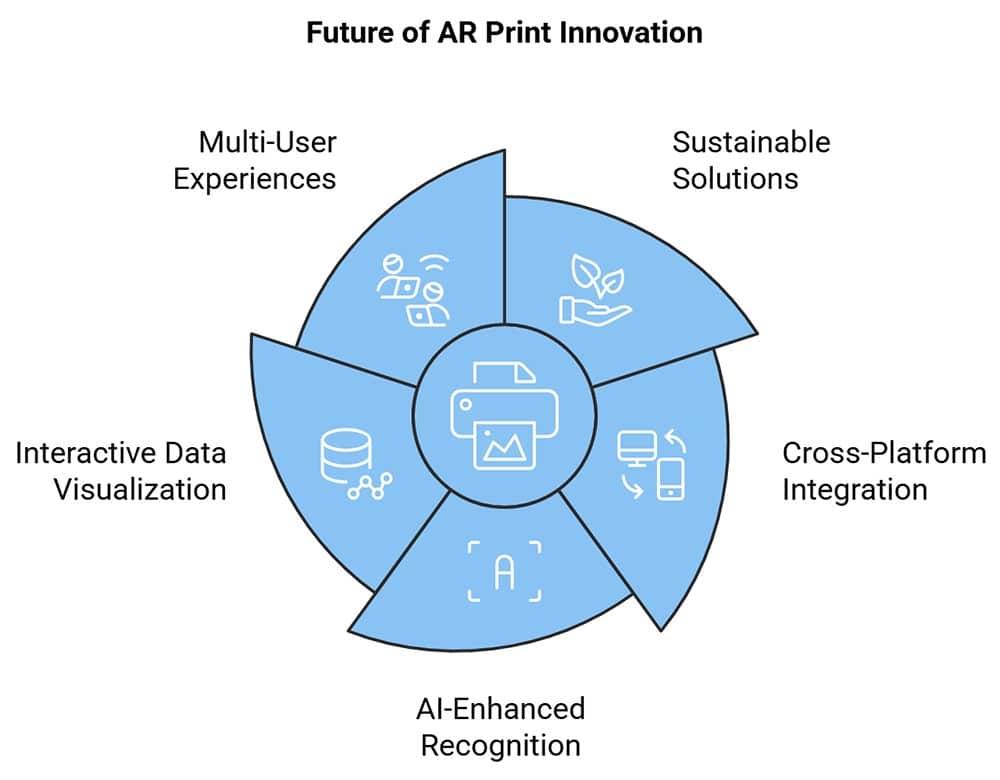
AR-Druckanwendungen in allen Branchen
AR-Druckoptionen bieten eine Fülle von Vorteilen und jede Branche hat ihre eigene, einzigartige Herangehensweise. Die folgenden Beispiele zeigen, wie verschiedene Branchen erfolgreich Printmedien für AR nutzen.
| Industrie | Primäre Anwendungen | Hauptvorteile |
| Einzelhandel | Produktverpackungen, Interaktive Kataloge, In-Store-Displays | Erweiterte Produktinformationen, virtuelle Anproben, erhöhtes Engagement |
| Ausbildung | Lehrbücher, Lernmaterialien, Schulungshandbücher | Verbessertes Verständnis, Interaktives Lernen, Besseres Behalten |
| Gesundheitspflege | Medizinische Literatur, Aufklärungsmaterialien für Patienten, Anatomiehandbücher | Verbessertes Verständnis, Bessere Patientenkommunikation, Schulungsunterstützung |
| Herstellung | Montageanleitungen, Wartungsanleitungen, Schulungsmaterialien | Weniger Fehler, schnelleres Training, verbesserte Sicherheit |
| Tourismus | Reisebroschüren, Karten, Historische Informationen | Verbessertes Besuchererlebnis, Unterstützung mehrerer Sprachen, dynamische Updates |
| Immobilie | Objektbroschüren, Grundrisse, Lagepläne | Virtuelle Touren, Immobilienvisualisierung, Interaktive Funktionen |
| Automobilindustrie | Benutzerhandbücher, Wartungsanleitungen, Verkaufsmaterialien | Verbessertes Produktverständnis, Service-Support, Sales Enablement |
| Veröffentlichen | Zeitschriften, Bücher, Zeitungen | Erhöhtes Engagement, Integration digitaler Inhalte, Analytics-Tracking |
| Unterhaltung | Veranstaltungsprogramme, Filmplakate, Spielkarten | Verbessertes Engagement, soziales Teilen, erweiterte Erfahrungen |
| Die Architektur | Projektpräsentationen, Konstruktionspläne, Designvorschläge | Bessere Visualisierung, Kundenkommunikation und Projektplanung |
Wichtige Tipps zur Implementierung des AR-Drucks
Die folgenden Tipps sind ein wesentlicher Bestandteil jedes erfolgreichen AR-Druckprojekts:
- Content-Strategien entwickeln: Erstellen Sie einen Plan für AR mit inhärentem Wert, der sowohl zu Ihrem aktuellen Branding als auch zu Ihren neuen oder laufenden Marketingzielen passt.
- Technische Voraussetzungen: AR-Druck sollte über ein hohes Maß an technologischer Kompatibilität über mehrere Geräte hinweg verfügen und über eine genaue Nachverfolgung und Integration in vorhandene Infrastrukturen verfügen.
- Intuitive Benutzererfahrungen: Beim AR-Druck sollte der Schwerpunkt auf intuitiven und immersiven Erlebnissen mit klaren Übergängen zwischen digitalen und physischen Elementen liegen.
- Implementieren Sie eine strikte Qualitätssicherung: Stellen Sie sicher, dass AR-Druckmaterial in verschiedenen Bereichen, bei unterschiedlicher Beleuchtung und auf unterschiedlichen Geräten getestet wird, um konsistente Nutzungsszenarien und -erlebnisse sicherzustellen.
- Analytische Integration: Augmented Reality-Druck kann Kennzahlen zur Hervorhebung von Konversionsraten, Benutzerengagement, Interaktionsdauer und anderen branchenrelevanten Daten verfolgen und bereitstellen.
- Inhalte erstellen und verwalten: Richten Sie bewährte Arbeitsabläufe für den AR-Druck ein, die Aktualisierungen und eine effiziente Nutzung Ihrer Ressourcen ermöglichen.
Video: Augmented Reality-Visitenkarten
Best Practices für AR-optimierte Druckmaterialien
Mit den folgenden Strategien sorgen Sie für einen optimalen Augmented-Reality-Druck und damit für einen erfolgreichen Abschluss:
- Nahtlose Designs: Um Konsistenz zu gewährleisten, sollten Elemente wie Branding und visueller Stil sowohl in gedruckten als auch in digitalen Materialien beim AR-Druck beibehalten werden.
- Optimieren und rationalisieren Sie die Leistung: Digitale Inhalte sollten reibungslos laufen und schnell geladen werden, optimieren Sie also die AR-Druckgröße, Tracking-Methoden und gerätespezifische Anpassungen.
- Design für Barrierefreiheit: Augmented Reality Print sollte immer relevante Inhalte in physischer Form bereitstellen und gleichzeitig Anweisungen für den Zugriff auf die digitale Seite liefern.
- Strategische Integration für Marketing: AR-gestützte Marketingmaterialien können mit bestehenden Kampagnen zusammengeführt werden, um ein konsistentes Ganzes zu erhalten.
- Qualitätskontrolle und Standards: Drucksachen mit erweiterten Inhalten müssen mit Standards für physische und digitale Elemente gestaltet werden, die die Erkennung von AR-Markern betonen, gleichzeitig aber optisch ansprechend bleiben.
- Benutzer anleiten: Implementieren Sie präzise Anweisungen und intuitive Hinweise, die die Menschen einbeziehen, zum Erkunden anregen und ihnen den Umgang mit AR-Technologien zeigen.
Verwandte Artikel
Die bahnbrechenden Vorteile von Augmented Reality
Augmented Reality Printing ist ein Teil einer viel größeren Innovation, die das Gesicht moderner Unternehmen verändert. AR als Ganzes verbessert das Kundenerlebnis, optimiert mehrere Bereiche innerhalb von Unternehmen und bietet Wettbewerbsvorteile. Mehr über die wichtigsten Teile von AR erfahren Sie im Artikel „Vorteile von Augmented Reality für Unternehmen; die wichtigsten Vorteile.“
Transformieren Sie Ihr Marketing mit AR-Technologie
AR bietet unzählige Beispiele für Innovationen im Marketing. Augmented Reality-Magazinoptionen, Branding-Erlebnisse, Produktdemonstrationen direkt beim Verbraucher und vieles mehr. Jede Option ist leistungsstark, einzigartig und innovativ. Alle bieten einzigartige Vorteile sowohl für das Unternehmen als auch für den Kunden. Weitere Beispiele für AR-Marketing finden Sie im Artikel „AR-Marketing; Top-Beispiele für Augmented Reality Marketing.“
Augmented Reality Printing eröffnet eine völlig neue Welt voller Möglichkeiten für Menschen, die ihre Printwerbung mit dem digitalen Raum verbinden möchten. Betrachten Sie die Optionen, die Sie bisher gesehen haben, und machen Sie sich bereit für umfassende Innovationen.
Hat Ihnen dieser Artikel über Augmented Reality-Druck gefallen?
Folgende Artikel könnten Sie auch interessieren:
- Erweiterte Realität; Erfahren Sie mehr über AR Tech, Anwendungsfälle, Geräte und mehr!
- Augmented Reality im Gesundheitswesen; Eindeutige Beispiele für AR im Gesundheitswesen
- Erwartete Virtual Reality- und Augmented Reality-Headsets

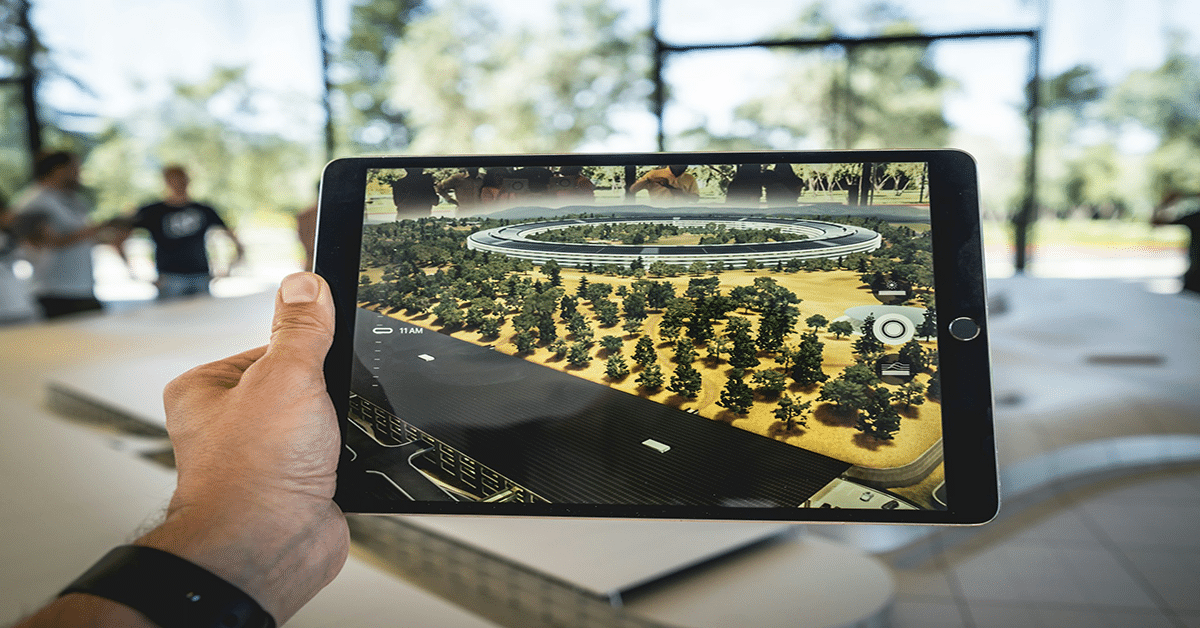
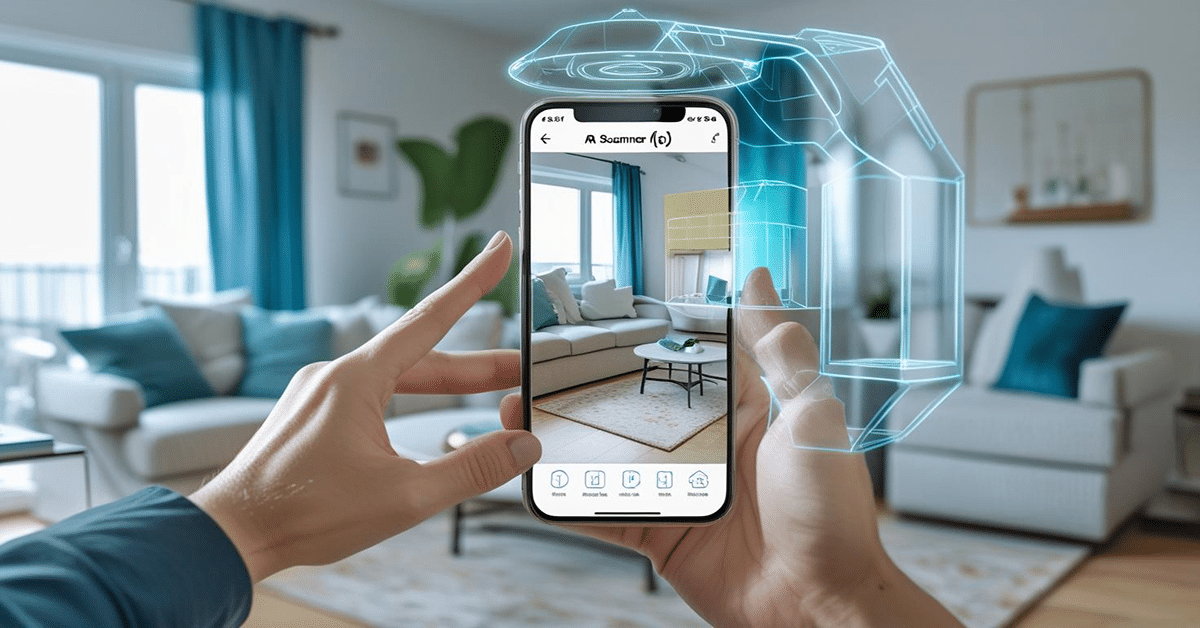
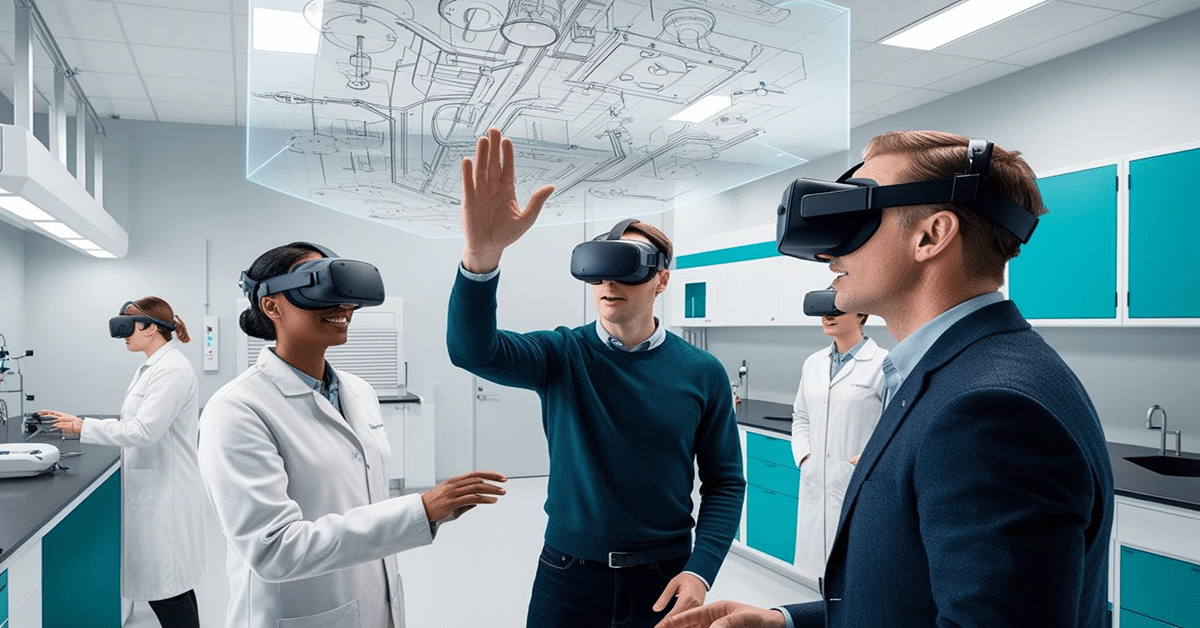
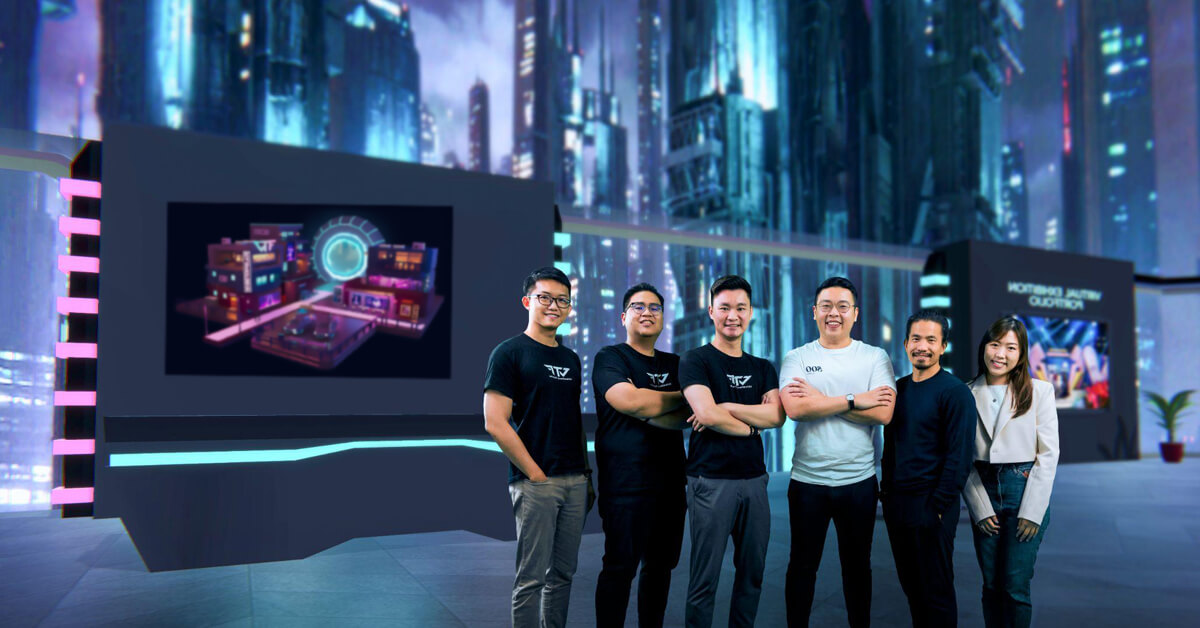

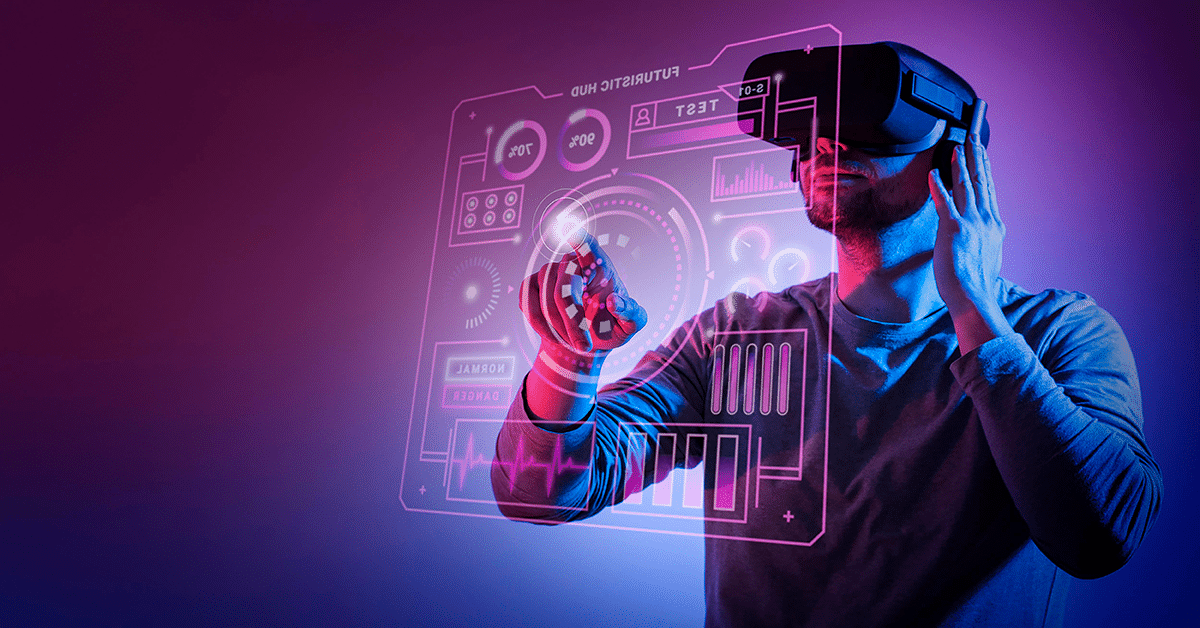


Leave A Comment